This post may contain affiliate links. This just means I may receive a small commission at no extra cost to you for helping them promote their product or service. I don’t endorse any services I don’t personally use or recommend.
Rainbow Mountain, Machu Picchu, and plates of ceviche are all over #peru on social media. Spectacular bucketlist-worthy sights and experiences. But Peru is more than phenomenal street food and iconic natural landscapes. Peru holds a portion of the Atacama desert, some of South America’s largest markets, the world’s second-largest cemetery, and 2 million people living in illegal hillside human settlements. But you might have to take a tour of Lima to see them organically.
Here’s how to get to know the other side of Lima on your next visit to Peru.
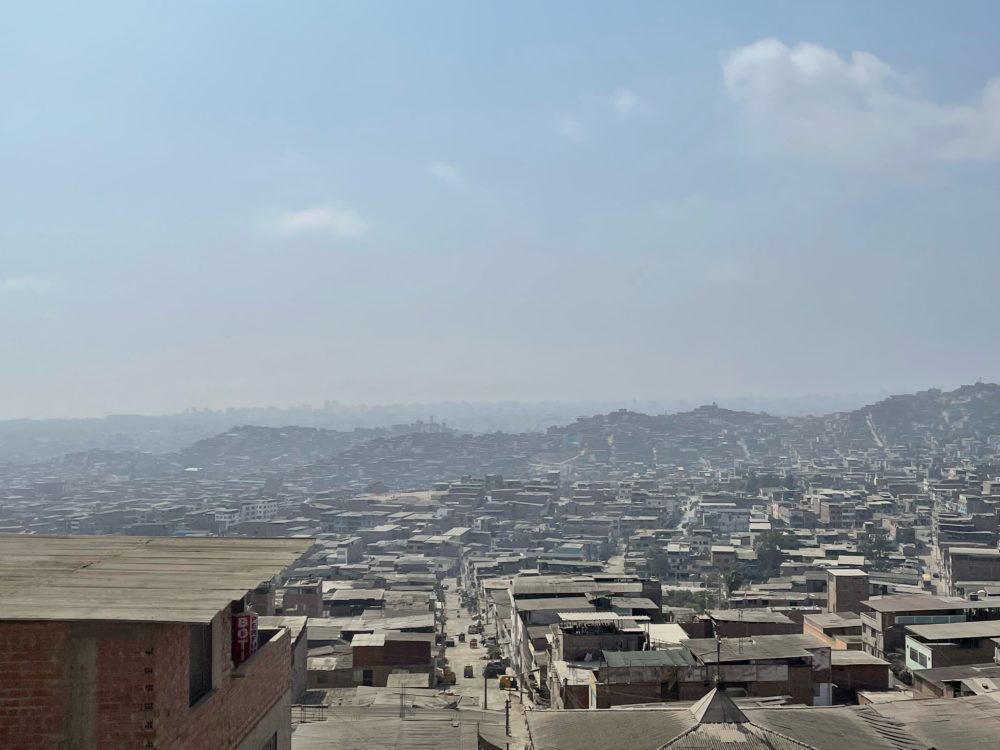
Full Cultural Immersion with Alternative Peru on a Tour of Lima
These lesser-visited destinations aren’t so easy to get to. Sure, you can see the settlements from the historical district, scattered along the brown hillsides but getting there- across the river, is much more difficult.
That’s why we chose to visit with Alternative Peru. Despite our usual disdain for tours we loved that Alternative Peru gave us a private tour of the community as well as the cemetery (I promise it’s more impressive than you think) as well as a full-sampling of traditional Peruvian eats from the local market. & yes, I’m talking about fresh ceviche.
This isn’t an area you can readily tour without a vehicle & paying a taxi to simply drive us around seemed stupid. Besides Alternative Peru explained the nuances of the community we couldn’t possibly have deduced on our own.
We started our day at 10 AM by visiting the local market where we sampled exotic tropical fruits, talked to vendors about starting their businesses, and enjoyed a fresh ceviche lunch with our guide, Alfredo. And even tried some traditional “medicine”. A thick brown alcoholic syrupy substance that tasted of menthol.
Then it was off to the cemetery. This region of Lima is rarely visited by tourists and is a near 45-min drive from the touristy epicenters of Miraflores and Barranco. Although now technically regulated by the government, this cemetery began unofficially and stretches as far as the eye can see. Still, many people are buried here illegally under cover of night so there is no way of knowing exactly how many people rest here.
After wandering the grounds we stopped at the small hillside church that started it all. This small Catholic Church is on sacred ground which during the day of the dead celebrations draws crowds of visitors and shamans to its doorstep.
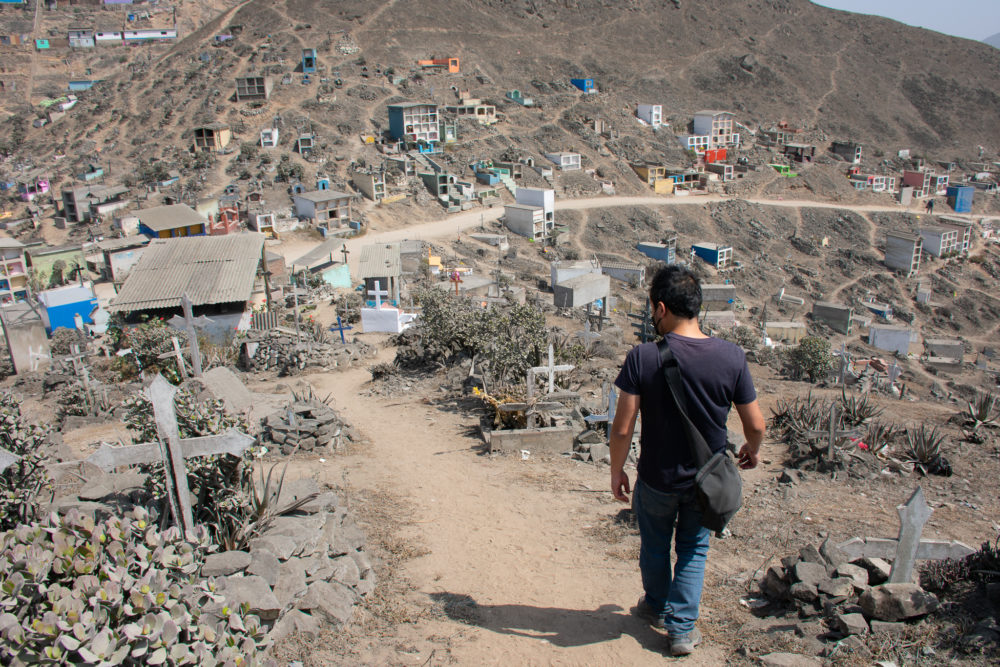
The last leg of the tour involves meeting some residents of the human settlements. We stopped at several local homes and talked about our lives. Exchanging questions and learning about how the community functions without government assistance or support. Most locals work “unofficially” selling handmade products on the streets in the city or as house cleaners. Life is hard in the settlements. They have no running water or electricity. And living in the hills may provide panoramic views but for someone who is forced to trudge water uphill- it’s not an ideal situation.
Most of the people here were fleeing conflict in the mountain of Peru. Many have lived here for decades. Community leaders resolve problems among residents and isolated from the rest of Lima they police themselves.

The tour itself was comprehensive. And I left feeling like I got to know a different more tucked away side to Lima. Most importantly we got to know some really amazing people working to better their community.
In March, the hills are vibrant and green after a season of sucking all the moisture from the air. We visited in November, so the hills are still barren and dust-covered.
I don’t receive any commission when you book with Alternative Peru. I just genuinely like their tour.
Why visit with Alternative Peru?
Well for starters, they are the only tour company that takes you to these non-touristy destinations. So if this sounds like an interesting day to you…this is your tour company.
They also give back to NGOs and locals in the community in a direct way. Money. This is very important when choosing tour companies around the globe. And they never pressured us to purchase anything from vendors.
And third, we loved our tour with them. Our guide, Alfredo, helped us get to know Peru.
Why More Travelers Should Visit the Human Settlements on Their Tour of Lima
Let’s talk about tourism and the benefits it brings local communities. For starters, money. Tourists spend money. Even as a budget traveler, I am contributing to the local economy. And when travelers stay in wealthy areas of a city their money adds to the wealth of those communities. Arguably the communities that need it least.
Visiting the human settlements in Lima’s hills allows you to contribute money to the poorest district in Lima. The community that needs it most. And on top of that, it offers a unique insight into the life of a Peruvian. After all, with more than 2 million people or 20% of Lima living in the hills, this is day-to-day life for a large number of Peruvians.
This tour is not about poverty porn.
It’s about getting to know people from different walks of life. & giving back to the communities you visit.
We visited Dharavi in Mumbai, India. Also known as one of the world’s largest slums. Many tours operating in the area gather tourists to come marvel at the crowded streets and give nothing back to the locals who actually reside there. This is why after a lot of deliberation we decided to venture out on our own and explore Dharavi. It’s important to support organizations that help locals rather than turn them into zoo animals. Instead, we just bought lunch in Dharavi and purchased a few things from local shops.
Responsible and immersive tourism is important, in post-c*vid times now more than ever. On your next visit to Peru be sure to get off the trodden path and take a tour of Lima to the human settlements and the world’s second-largest cemetery. Let me know in the comments what you think.
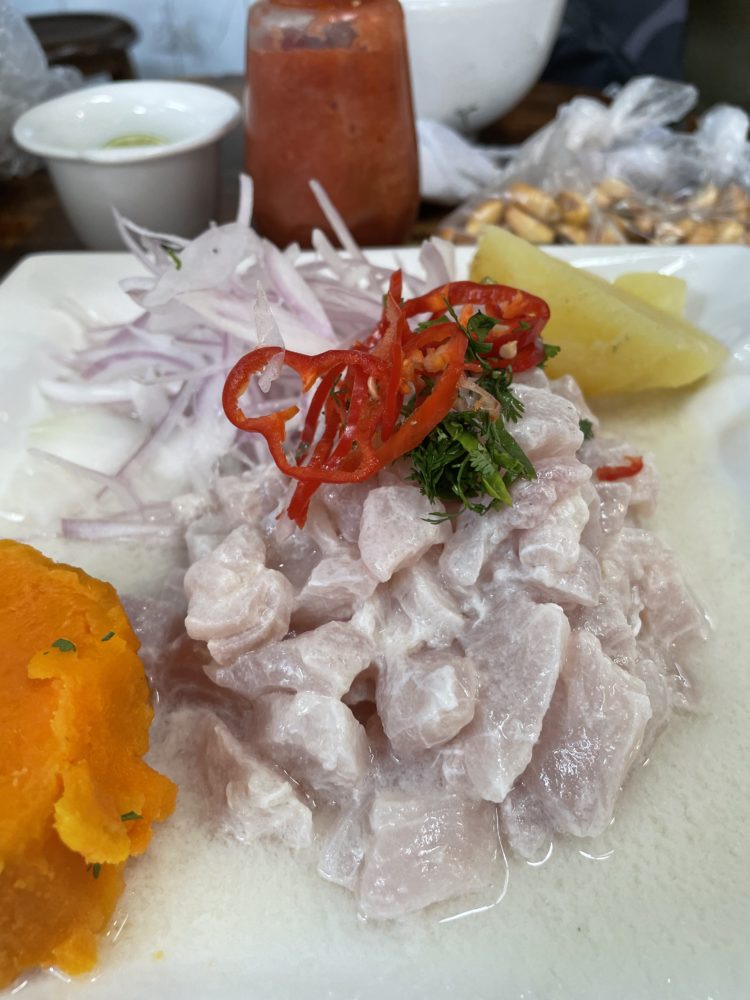
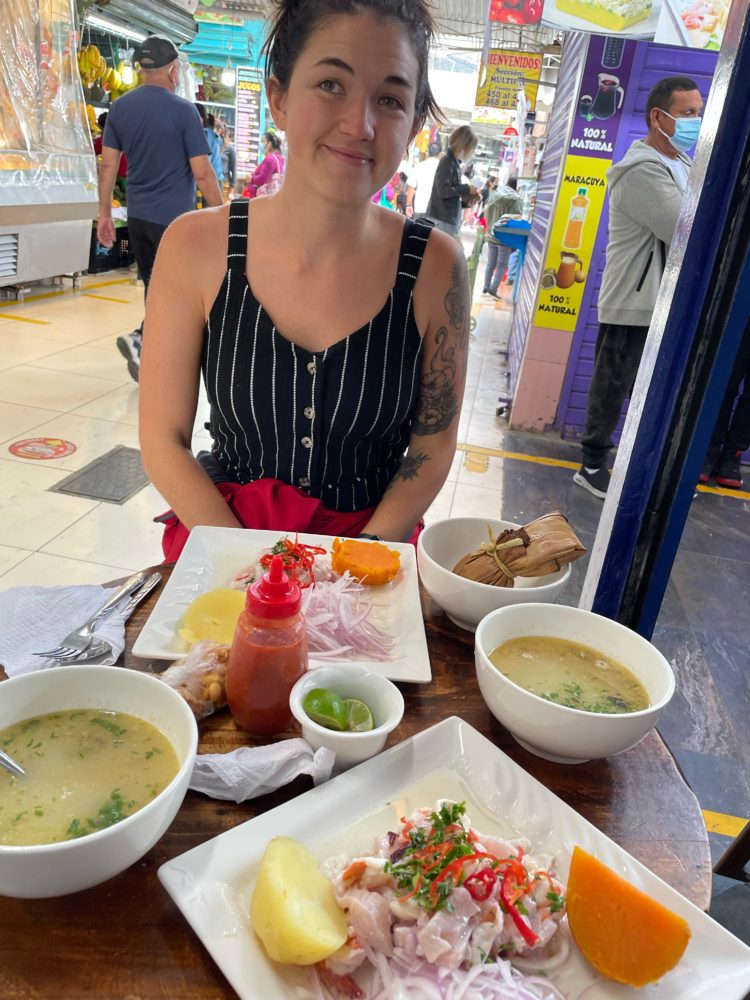
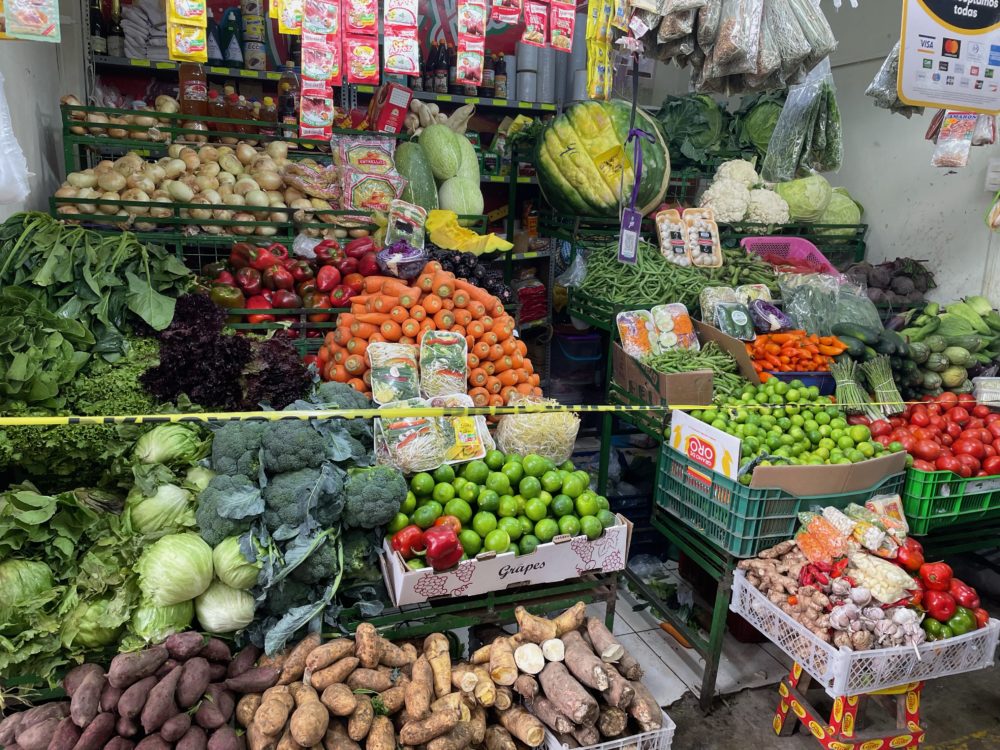
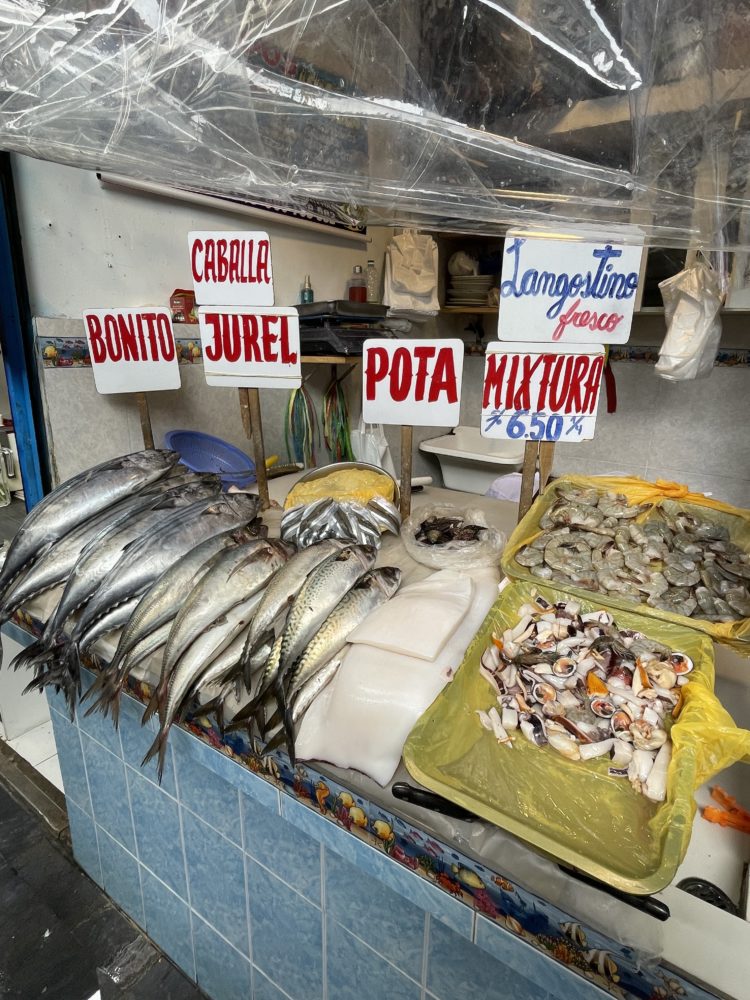

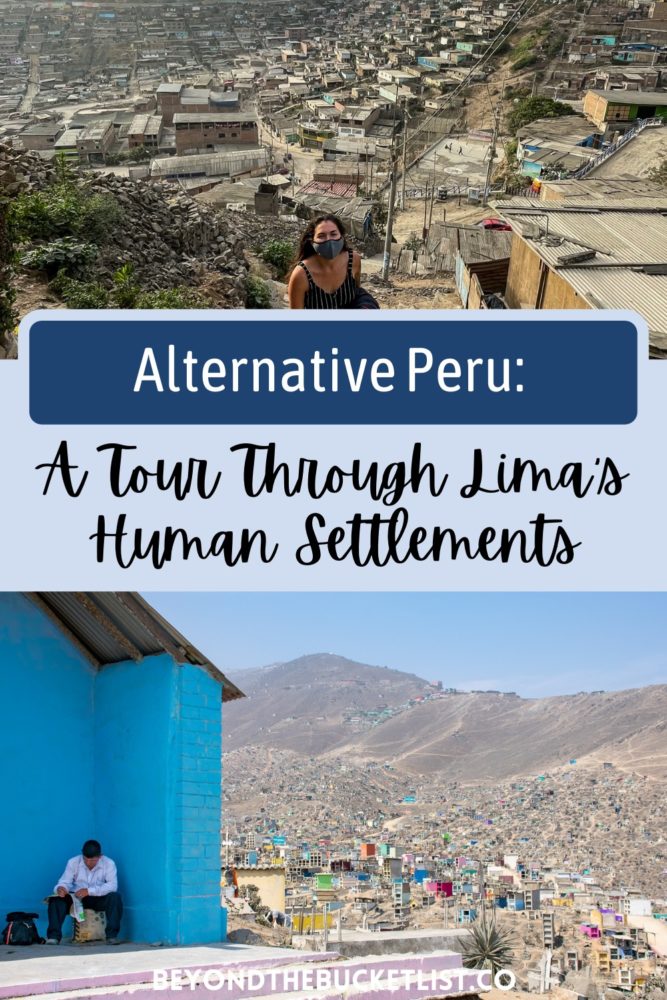
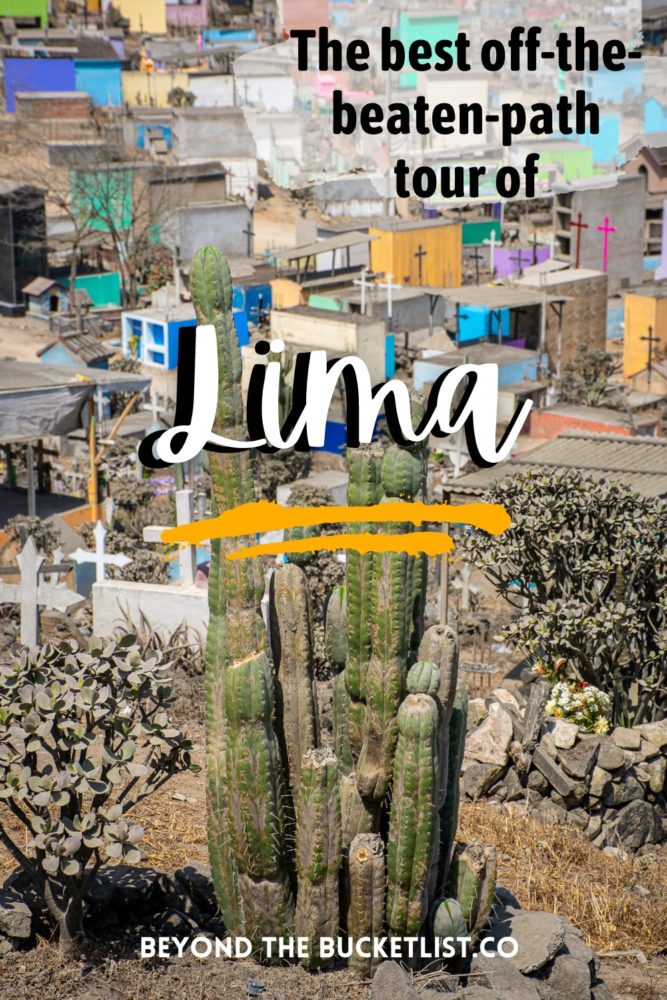
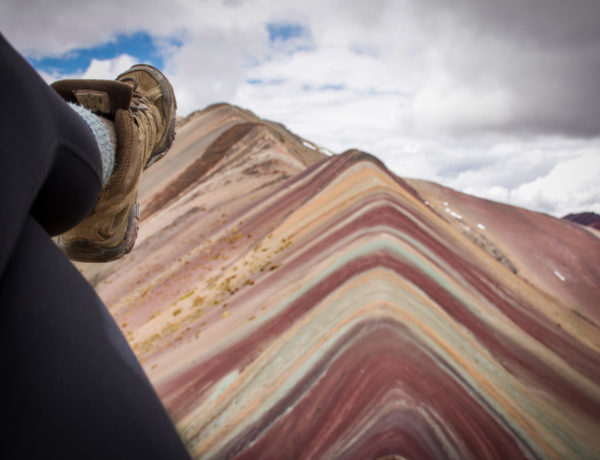
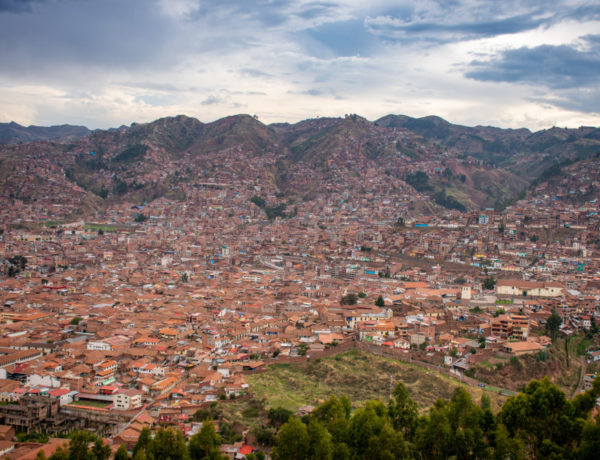
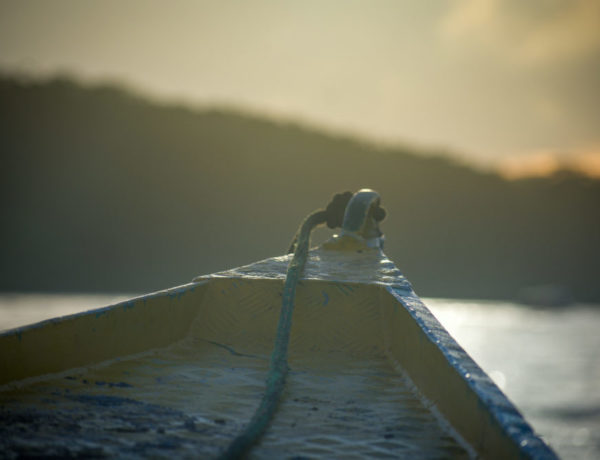


No Comments